You might think of the military jacket as just a fashion staple today, but its history runs far deeper. Originating in the 18th century with hussar uniforms, these garments have evolved markedly, reflecting not just practicality but also cultural shifts. As you explore this topic, you'll find that pieces like the iconic M-65 field jacket became symbols of resistance during turbulent times. But what does this evolution say about society's changing values and tastes? The answer may surprise you as you uncover the layers of meaning behind this enduring piece of attire.
Historical Origins
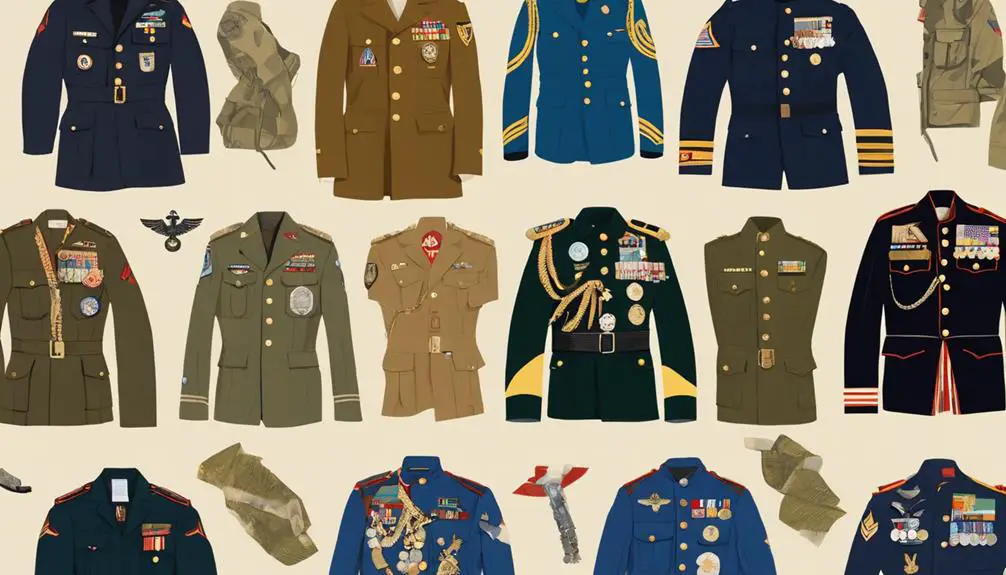
Military jackets have a fascinating history that dates back to the 18th century, originating with the hussars, elite light cavalry known for their eye-catching pelisse jackets. These jackets featured high collars and decorative braids, setting a standard for military fashion that would influence generations. As you explore the history of military jackets, you'll notice how their design evolved considerably over the 19th century. Regimental dress uniforms contributed to various styles of military attire, reflecting not only the discipline of military life but also a growing sense of identity among the ranks.
Interestingly, during this same period, women began adopting military-inspired clothing as a form of solidarity with male officers. This cultural shift marked a pivotal moment where masculine styles entered women's fashion, allowing them to integrate elements of traditional military aesthetics into their wardrobes. The blend of these styles added a decorative flair, showcasing how military attire transcended its original purpose.
As the 20th century rolled in, the rise of military jackets in civilian fashion became a powerful symbol of various social movements and fashion trends. You can see how these jackets, once mere uniforms, transformed into statements of identity and rebellion. This evolution highlights a considerable cultural shift, showcasing the enduring influence of military jackets, not just in history, but in the ever-changing landscape of fashion. So, whether you're drawn to their rich heritage or their modern interpretations, military jackets continue to captivate and inspire.
Evolution of the Field Jacket
The evolution of the field jacket showcases how design adapts to the changing needs of soldiers. It all began with the M-41 in 1941, which was the first field jacket designed for WWII combat. Unfortunately, it faced criticism for its lack of insulation and overall functionality, prompting the introduction of the M-1943 in 1943. This updated model featured improved pocket utility and a darker color, making it a versatile outer layer with added insulation for winter combat conditions. The practical design and functionality of military jackets, much like tailoring enhances fit, became essential for soldiers in diverse environments.
Fast forward to the Korean War, and you'll find the M-51, which emphasized functionality with its attachable hood and weather-resistant fabric, allowing soldiers to adapt to various climates. However, it was the M-65 Field Jacket, introduced in 1965, that became the most iconic of military jackets. With its built-in hood, waterproof layering, and four large pockets, the M-65 provided an unparalleled combination of practicality and style during the Vietnam War.
Today, modern iterations of the field jacket maintain that classic silhouette while incorporating contemporary materials and designs. Whether it's in Olive Green or a range of other colors, these combat garments reflect both historical significance and current fashion trends. The evolution of the field jacket not only highlights the military's focus on functionality but also shows how these garments have become a staple in everyday wardrobes, blending the past with the present in a truly remarkable way.
Cultural Impact and Influence
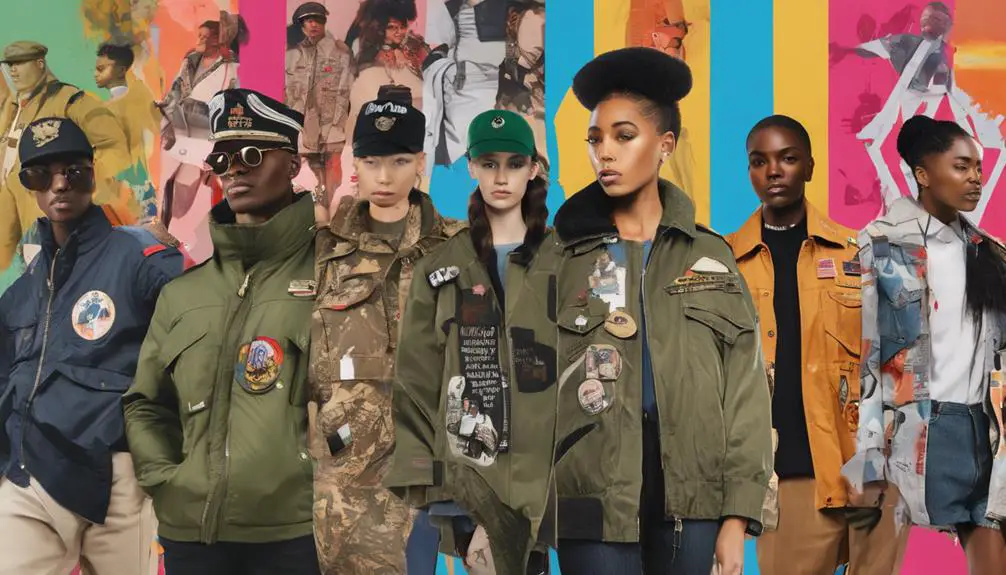
From their practical roots in military service, field jackets like the M-65 have made a significant mark on popular culture, becoming symbols of various movements and attitudes. During the Vietnam War, the M-65 jacket emerged as a powerful emblem of anti-war sentiment, with both veterans and protesters adopting it as a bold fashion statement against militarism. Iconic figures such as John Lennon and Steve McQueen helped bridge the gap between military attire and mainstream fashion, showcasing the jacket as a versatile piece that spoke to individuality and rebellion.
As time went on, the M-65 field jacket solidified its status as a cultural artifact, appearing in notable films like *Taxi Driver* and *Annie Hall*. These portrayals highlighted its connection to themes of rebellion, making it a favorite among those who sought to challenge societal norms. Subcultures like punk and grunge embraced military jackets, using them to signify their anti-establishment attitudes and a desire for authenticity in a world that often felt inauthentic.
Today, the influence of military aesthetics continues to thrive in contemporary fashion. High-profile designers like Marc Jacobs and Saint Laurent incorporate military jackets into their collections, proving that this timeless garment remains relevant and desirable. With its rich history and cultural significance, the M-65 jacket not only reflects personal style but also embodies the spirit of rebellion and individuality that resonates across generations.
Modern Interpretations and Trends
Reimagined for today's fashion landscape, modern military jackets blend classic designs with contemporary flair. Designers like Marc Jacobs and Saint Laurent have transformed iconic pieces like the M-65, showcasing how adaptable these jackets can be on high fashion runways. The evolution of military jackets mirrors trends in other fashion staples, such as the identification of vintage Barbour, emphasizing the significance of heritage and craftsmanship in modern fashion. You'll notice that the integration of military aesthetics into streetwear has become a defining trend, with brands like Carhartt WIP and Supreme leading the charge, emphasizing the versatility of these jackets across various fashion contexts.
Khaki military jackets, once symbols of protest, have evolved into mainstream fashion staples, shedding their anti-establishment associations while retaining their rugged appeal. The current trends highlight a seamless fusion of military designs with contemporary styles, using innovative materials that cater to modern lifestyle needs. This creative evolution guarantees that you can enjoy a balance of fashion-forward thinking and practicality.
The timeless nature of military jackets shines through their availability at local army surplus stores, making them accessible to a broad audience. Whether you're dressing up for a night out or going for a casual look, these jackets can elevate any outfit. Their versatility allows you to express personal style while paying homage to a rich history, reminding you that fashion is always a blend of the old and the new. So, embrace the modern military jacket and enjoy the journey through its ever-evolving role in fashion!
Ongoing Significance in Fashion
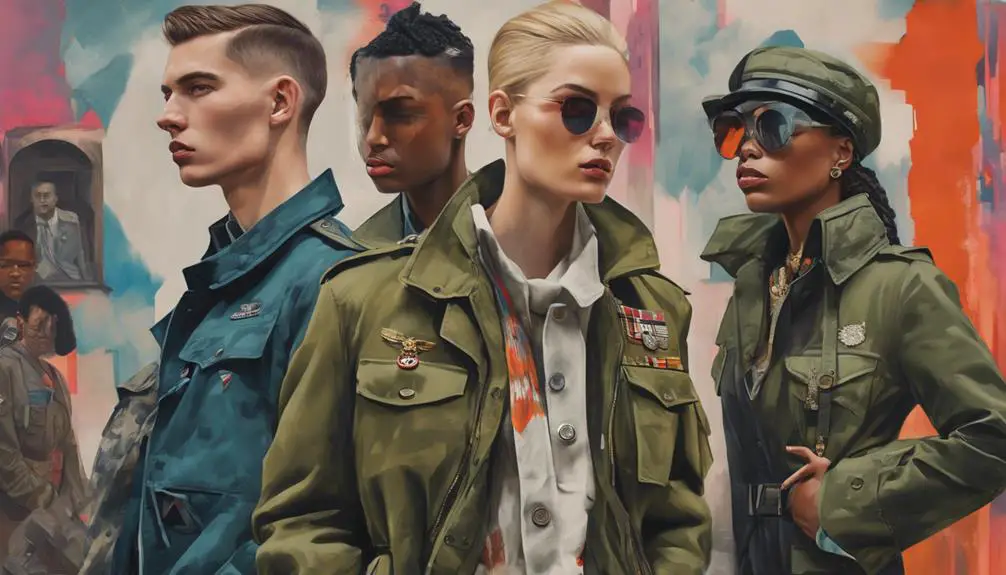
Embracing their rich history, military jackets continue to hold significant sway in today's fashion landscape. The M-65 field jacket, in particular, has transcended its original purpose, becoming a symbol of rebellion and utilitarian style that resonates with contemporary fashion trends. Since the Vietnam War era, these jackets have been intertwined with counter-culture movements, showcasing their ability to adapt and evolve. Designers like Marc Jacobs and Saint Laurent have recognized this potential, featuring military jackets on high-fashion runways and proving their timeless appeal. Vintage Nike clothing from the 70s and 80s, similar to military jackets, has surged in popularity, showcasing quality and design that resonates with fashion enthusiasts vintage Nike clothing.
In streetwear, the M-65 has been reimagined by brands such as Carhartt WIP and Supreme, ensuring its relevance and accessibility in modern wardrobes. You can easily find these jackets in local army surplus stores, making them not only fashionable but also practical pieces that suit various lifestyles. The influence of iconic figures like Jimi Hendrix and John Lennon, who embraced military uniforms in the 1960s, further solidifies the jacket's role in popular culture and fashion history.
Today, military jackets are more than just garments; they embody a spirit of rebellion and a commitment to utilitarian style that many fashion enthusiasts appreciate. Their versatility means you can dress them up or down, making them a staple in any closet. So, as you explore your wardrobe options, don't overlook the ongoing significance of military jackets—they're not just a trend; they're a timeless piece that bridges past and present in the world of fashion.
Frequently Asked Questions
What Is the History of the Military Great Coat?
Picture warmth wrapped around you; the great coat's origins lie in military necessity. Over time, fabric evolved, design variations emerged, and its cultural impact transformed it into a symbol of authority and modern fashion.
What Is a Military Jacket Called?
A military jacket's often called a field jacket, embracing various military styles. It features durable materials, tactical elements, and vintage designs, reflecting cultural significance influenced by celebrities, combat wear, and modern adaptations in fashion.
Why Did John Lennon Wear an Army Jacket?
You see, Lennon wore an army jacket as a fashion statement, embodying iconic imagery of the peace movement. His choice reflected cultural influence during the music revolution, serving as visual symbolism for political protest and personal choice.
What Is the History of the M 51 Field Jacket?
Like a chameleon, the M-51 field jacket evolved in design and functionality, showcasing various fabric types and color variations. Its military uses and cultural impact influenced contemporary fashion, outshining the M-65 and leaving historical significance.
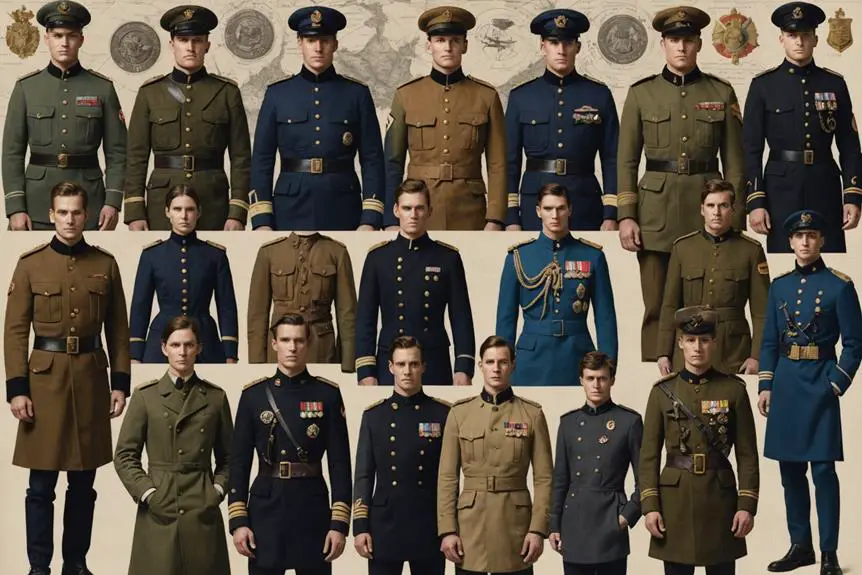

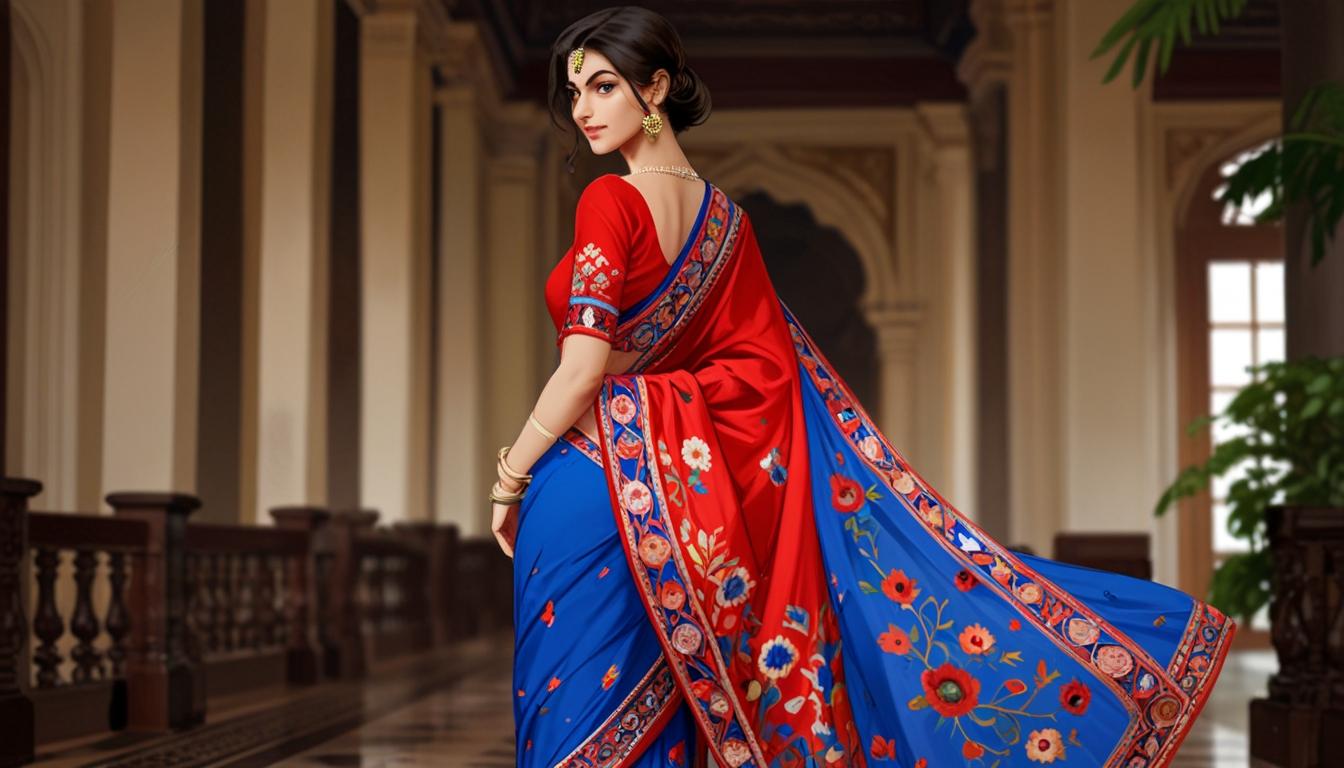


Hello mates, fastidious article and fastidious arguments commented here,
I am in fact enjoying by these.